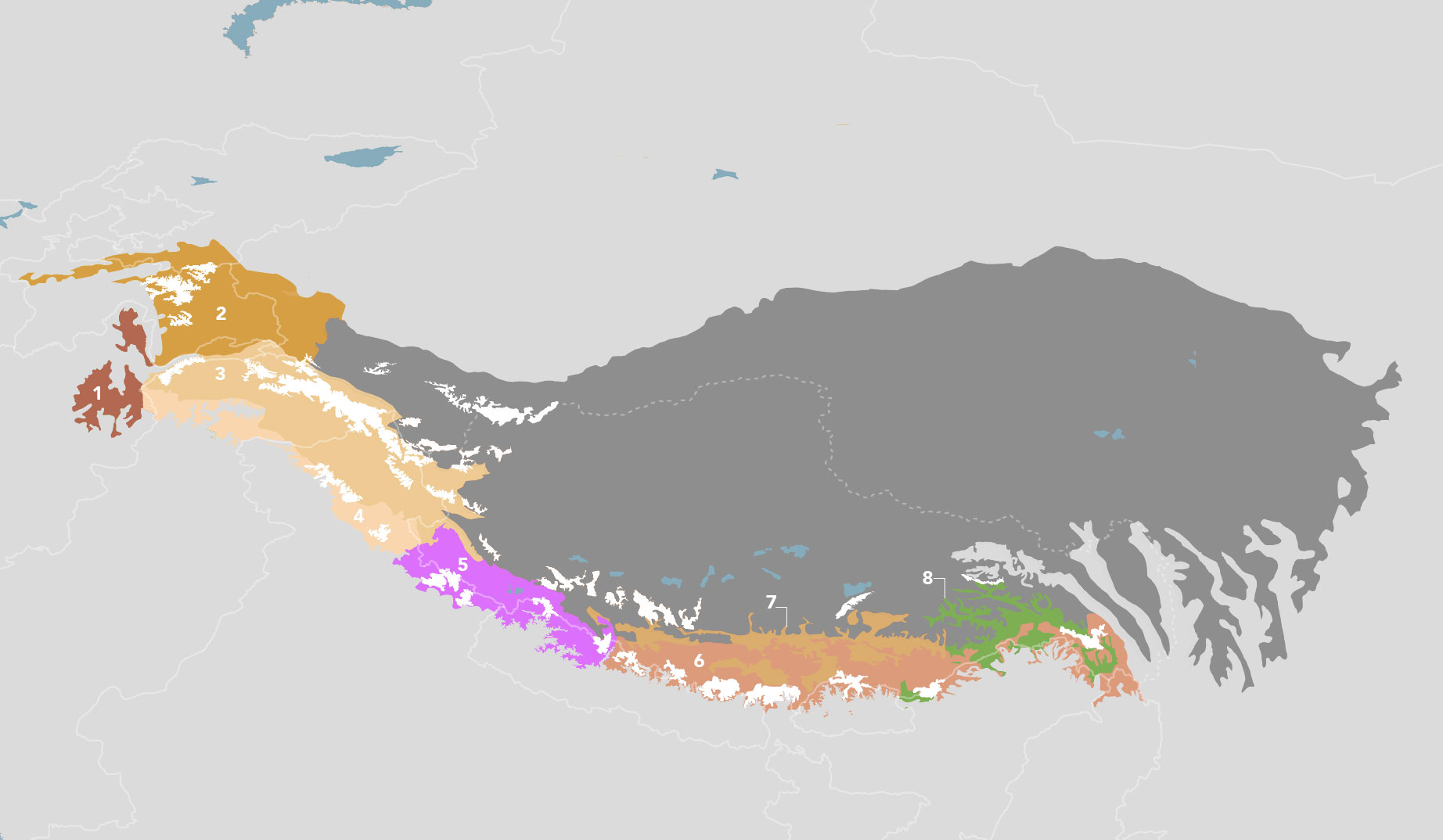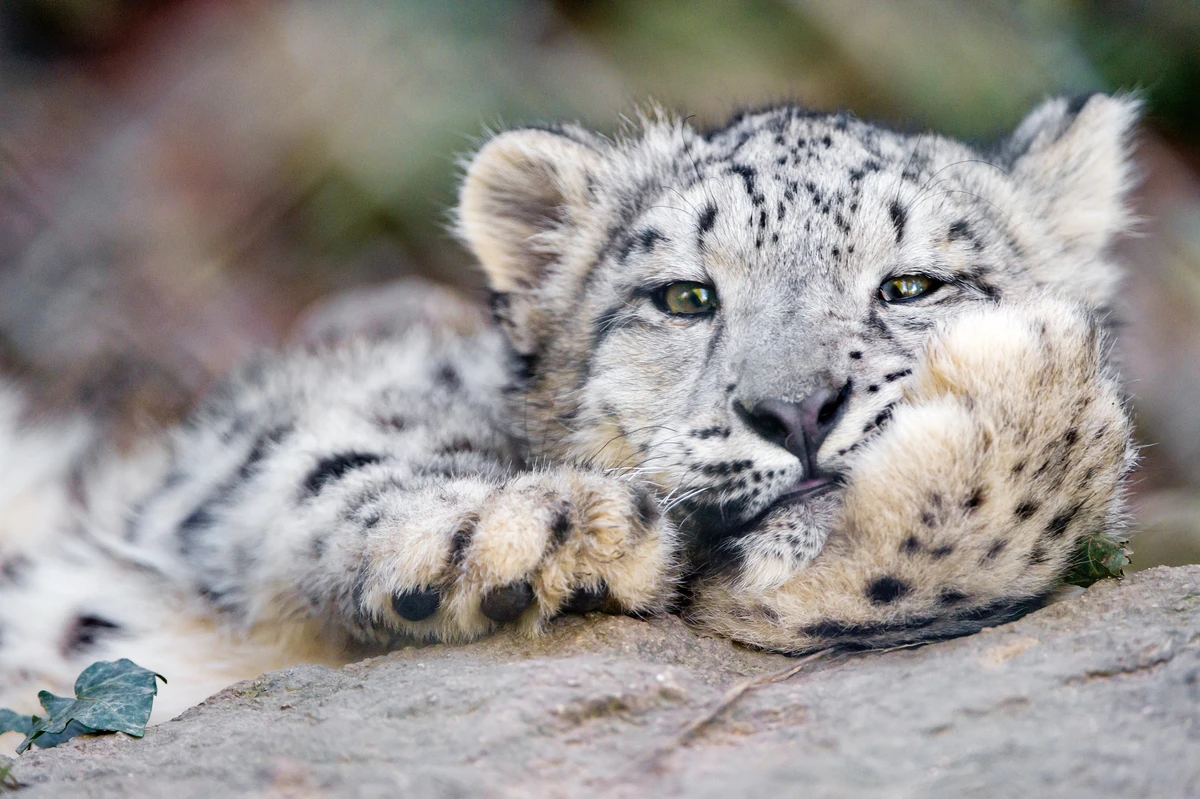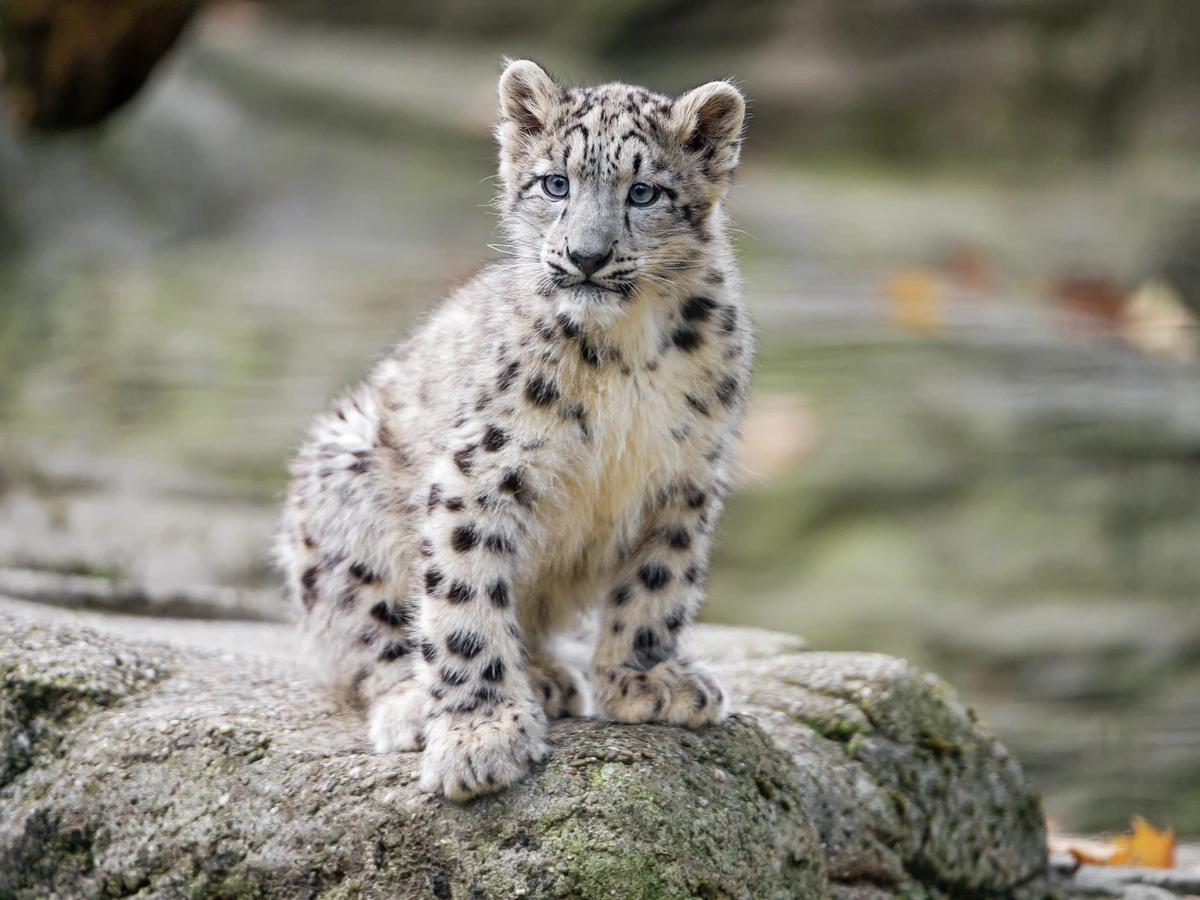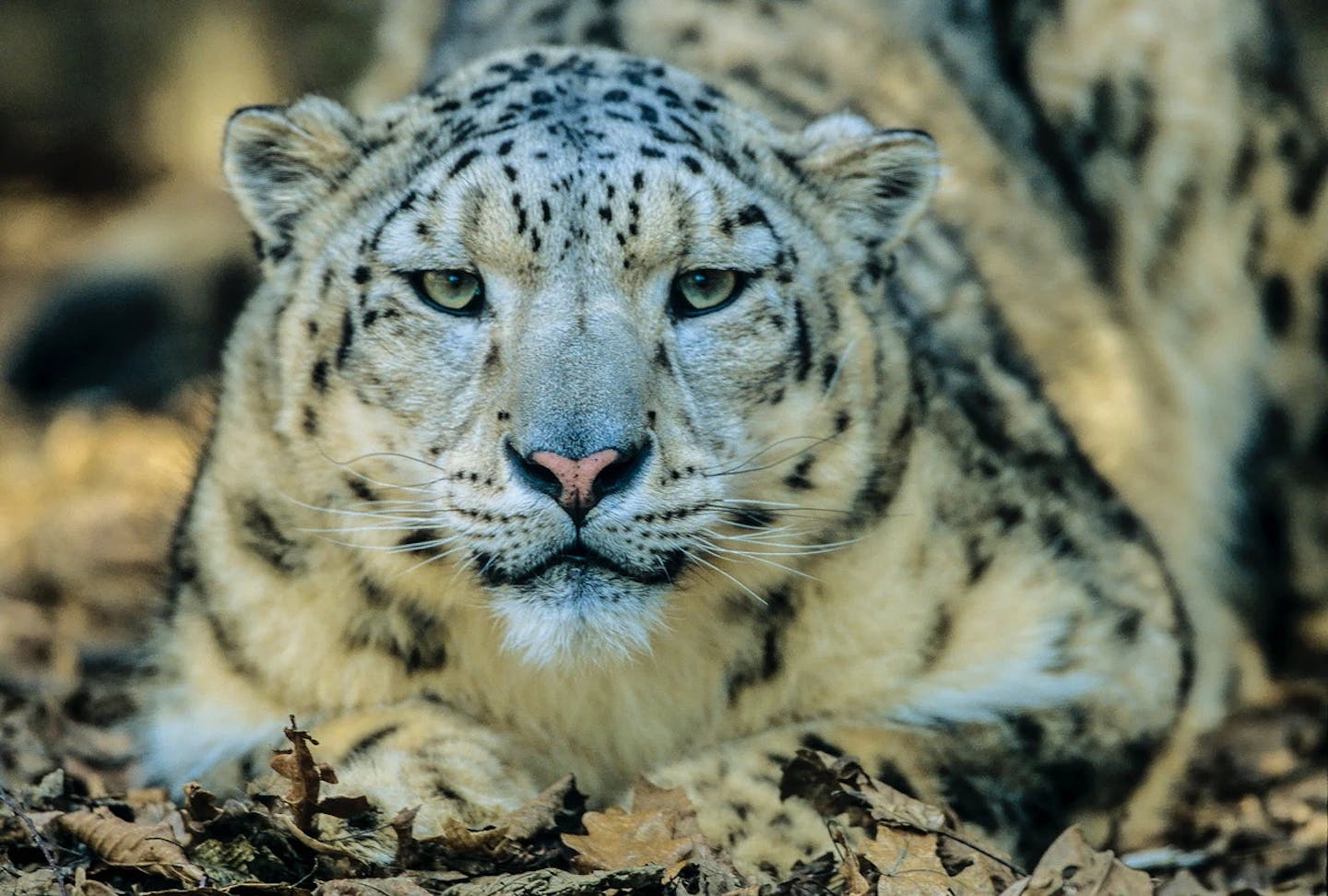Snow leopards: stealth apex predators known as ‘ghosts of the mountains’
- Nature Conservation
- Land Conservation
- Iconic Species
- Wildlife
- Mammals
- Himalayas & Tibetan Plateau
- Eastern Eurasia Realm
One Earth’s “Species of the Week” series highlights an iconic species that represents the unique biogeography of each of the 185 bioregions of the Earth.
Hidden high in the Himalayas, camouflaged between the ice and rocky terrain, lives the snow leopard. As the top predator in this ecosystem, snow leopards keep countless other animal and plant populations in balance as they prey on grazers. Their diet ultimately benefits our shared planet helping the largest freshwater reservoirs flourish and stay clean.

The snow leopard (Panthera uncia) is the iconic species of the Tibetan-Pamir Alpine Steppes, Shrublands & Mountain Forests Bioregion (PA41).
The coat of the snow leopard is whitish-grey with black spots. Thick fur with hairs between two to five inches in length help insulate the leopards from the extreme cold temperatures. A short, stocky body averages two to five feet, with a bushy tail measuring three feet. Snow leopards weigh between 49 and 121 lb, with occasional large males reaching 165 lb.
Large nasal openings in the skull increase the air inhaled with each breath and warm and humidify cold, dry air. Despite these acoustic chambers, snow leopards cannot roar. Their vocalizations include meowing, grunting, moaning, and purring only on an exhale.
Rarely seen by the Indigenous Nepali living in the mountains, snow leopards are called ‘gray ghosts’ and ‘ghosts of the mountains.’ Solitary creatures, leopards are most active at dawn and dusk, resting on ridges to get a large view for hunting.

Image credit: Creative Commons, Tambako The Jaguar
Snow leopards prey on Himalayan blue sheep, Siberian ibex, tahr, markhor, wild goat, deer species, and even wild boars. Smaller mammals are also a part of their diets, such as hares, marmots, voles, mice, rats, hamsters, and flying squirrels. They eat significant amounts of vegetation as well, including grass and twigs.
By regulating grazing and burrowing species living in the high altitudes of the Himalayas, snow leopards help keep river banks from eroding. The Ganga, Yamuna, and Brahmaputra rivers are all sourced from the mountain range and provide fresh water and livelihoods to over 500 million people. Without snow leopards, the health of the rivers would be negatively impacted.
Living 15-18 years in the wild, snow leopards become sexually mature at two to three years of age. Mating occurs in late winter, with cubs born between April and June. Litters consist of two to three cubs, with exceptional cases going up to seven. The young leave their mothers around two years of age, but radio-collared snow leopards have shown that mothers and their cubs occasionally reunite throughout the year.

Image credit: Creative Commons, Tambako The Jaguar
In addition to poaching and the illegal fur trade, climate change also directly decreases snow leopard populations. The treeline of the Himalayas is shifting, shrinking the alpine zone, and reducing the snow leopard’s habitat by 30%. Reducing global greenhouse gas emissions is the best solution to this problem, along with conservation efforts.
Explore Earth's Bioregions

